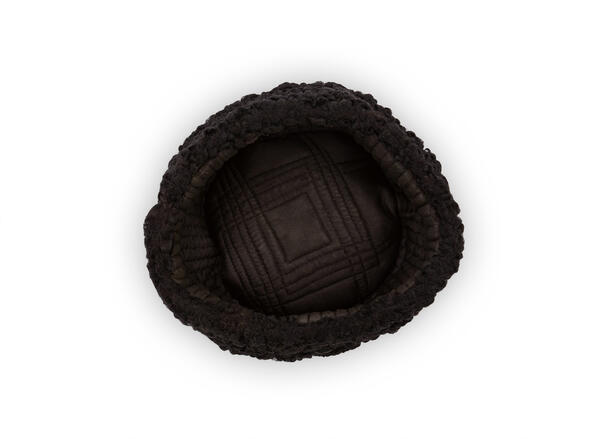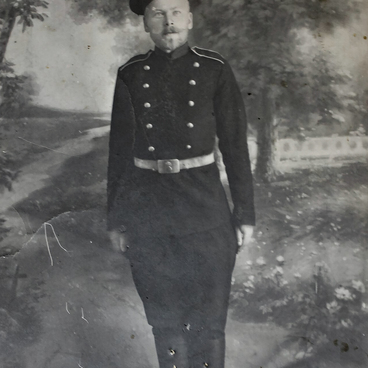The exhibition features the papakha of Arkady Petrovich Gaidar. It is made of black astrakhan with a green cloth top on a satin lining. It was later altered to fit the writer’s son, Timur Arkadyevich.
In the Russian army, the prototype of the papakha was a fur hat, which was worn by military personnel of some units in the Caucasus and Central Asia from 1817 onwards. Officially, the papakha was established as a winter headdress in the Cossack troops in 1855. In 1913, the papakha was introduced as the standard winter headgear for all personnel of land forces of the Imperial Russian Army.
The 1910–1913 model of the papakha was foldable and resembled an ushanka, protecting the ears and neck from harsh weather. The papakha of the tsarist army with a red ribbon sewn on the front continued to be worn by soldiers during the revolutionary period starting in 1917.
In 1919, the Revolutionary Military Council of the Republic introduced a new winter headgear: a cloth helmet known as the “budenovka.” Despite this, the Red Army soldiers continued to wear papakhas during the Civil War — both the 1910 model and other variants traditional for the peoples of the Caucasus and Central Asia.
Arkady Gaidar wore papakhas throughout his life, as
evidenced by numerous photographs. In 1935, he wrote about himself,





